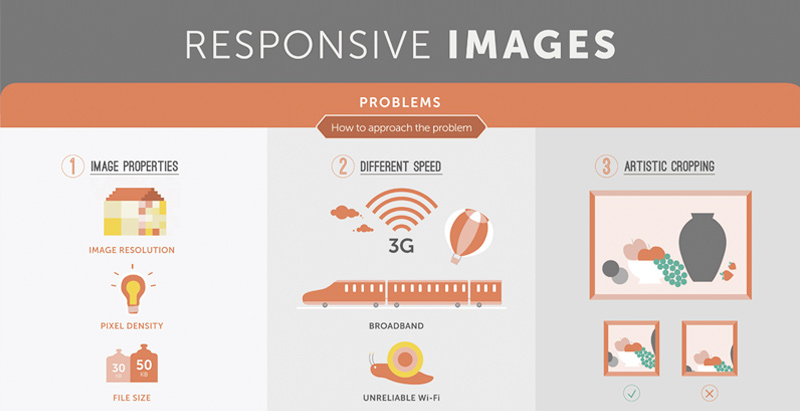Exactly How Color Psychology Can Impact Customer Habits On Results On's Online Picture
Exactly How Color Psychology Can Impact Customer Habits On Results On's Online Picture
Blog Article
Authored By-Kirkpatrick Olsson
Harness the power of color psychology in internet site layout to boost individual engagement and understanding. Shades cause feelings, share messages, and influence exactly how users analyze your website. They influence habits and decision-making, so choose intelligently. Cozy hues produce seriousness, while cooler tones cause relaxation. Contrasting shades help highlight key elements. Colors form your brand identification, enhancing acknowledgment and connection with your target market. By aligning colors with your brand values and considering your target audience's preferences, you can produce a visually appealing and psychologically resonant website. Your website's color design can make a considerable difference in just how users perceive and communicate with your brand name.
Value of Color Psychology
Understanding the value of shade psychology is crucial for creating impactful and engaging site styles that resonate with your target audience. Shades have the power to evoke feelings, convey messages, and influence assumptions. By purposefully picking the best shades for your site, you can boost the overall customer experience and leave a long lasting perception.
Shade psychology plays an important function in shaping the assumption of your brand name. Various colors have distinct organizations and definitions connected to them. As an example, blue is often related to trust fund and expertise, while red can evoke feelings of exhilaration or necessity. By lining up the colors on your internet site with your brand values and messaging, you can establish a strong visual identification that attracts and keeps customers.
In addition, color choices can influence user habits and decision-making. Studies have actually revealed that specific colors can influence just how users perceive information and connect with a web site. By recognizing https://www.socialmediatoday.com/news/new-linkedin-data-shows-the-top-digital-marketing-skills-currently-in-high/618512/ of shades, you can create an internet site that guides individuals towards details actions, such as purchasing or signing up for a newsletter.
Impact on Customer Actions
Shade choices in web site style can directly influence how customers behave and connect with the content presented. When customers visit an internet site, the colors used can evoke particular emotions and reactions that influence their browsing experience. For example, cozy shades like red and orange can create a sense of urgency or enjoyment, motivating customers to do something about it rapidly. On the other hand, great colors such as blue and eco-friendly have a tendency to have a calming effect, suitable for promoting leisure or depend on.
Using contrasting shades can accentuate crucial elements on a website, guiding users towards details locations like buttons or phones call to action. Furthermore, a well-balanced color design can boost readability and navigation, making it less complicated for users to find details and engage with the web content. By strategically including shades that straighten with your web site's function and target market, you can successfully influence customer habits and enhance overall interaction.
Enhancing Brand Name Identity
To develop a strong and recognizable brand identification with website style, consider how shade options can play a key duty in shaping just how individuals view and get in touch with your brand. https://video-marketing-resume31986.bloginder.com/30465886/amplify-your-organization-with-proven-online-marketing-solutions evoke feelings and organizations, making them powerful devices for sharing your brand name's worths and personality. Uniformity in shade use throughout your site can assist reinforce brand name recognition and produce a natural visual identity.
When choosing colors for your web site, think of how different shades straighten with your brand's message. As an example, blue commonly symbolizes dependability and professionalism and trust, while green can stimulate feelings of growth and eco-friendliness. By integrating these color significances purposefully, you can boost your brand name's image and connect with users on a subconscious level.
Remember that color psychology isn't one-size-fits-all; it's essential to consider your target market's choices and cultural differences when selecting shades. By leveraging the psychology of shade in your web site layout, you can reinforce your brand name identity and leave a long-term impression on visitors.
Final thought
As you browse the huge sea of websites, keep in mind the power of shade psychology directing your every click. Like a painter with a scheme, developers craft online experiences that evoke emotions and form perceptions.
From soothing blues to lively reds, each tone plays an important function in recording your focus and affecting your actions. So next time you surf the web, take a moment to appreciate the artistry behind the colors that surround you.
